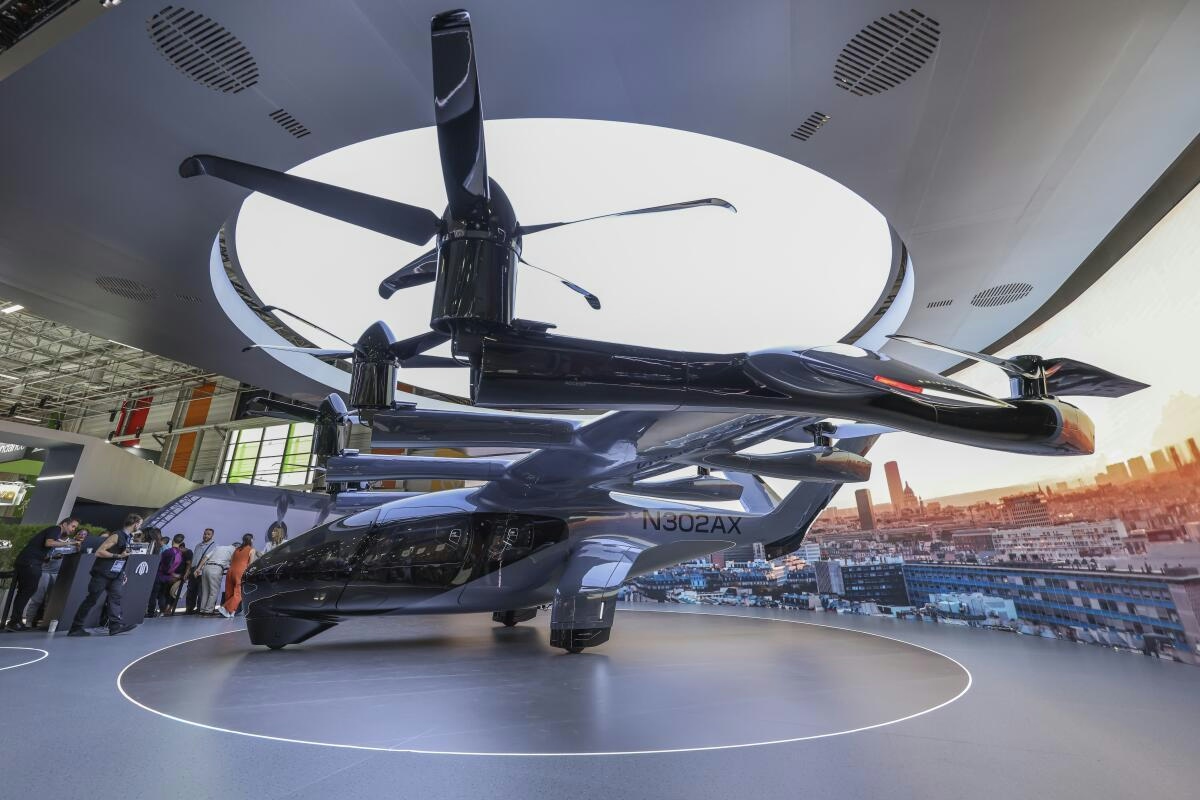
AeroGenie — 您的智能副驾驶。
热门趋势
Categories
The Aircraft Poised to Replace the World’s Largest Commercial Jet
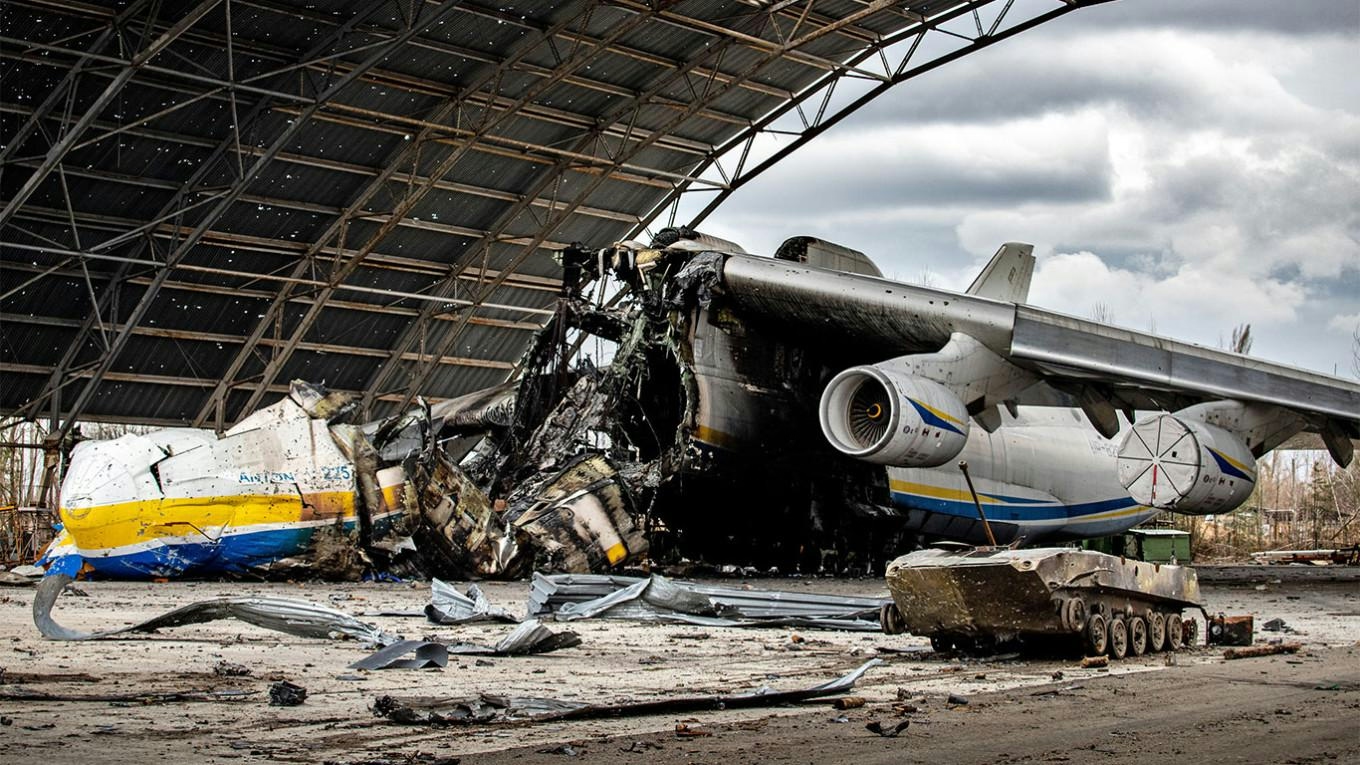
The Aircraft Poised to Replace the World’s Largest Commercial Jet
For decades, the Boeing 747 and, more recently, the Airbus A380 have symbolized the pinnacle of commercial aviation—monumental achievements in engineering that facilitated unprecedented global connectivity. However, as production of these four-engine giants ceases and their presence in passenger fleets diminishes, the aviation industry is transitioning toward a new generation of long-haul aircraft. The emphasis now lies on models that combine high capacity and extended range with improved fuel efficiency and reduced infrastructure demands, marking a significant shift from the era of the superjumbo.
The Rise of the Boeing 777X
Leading this transformation is the Boeing 777X, poised to become the world’s longest commercial aircraft. Featuring an advanced twin-engine design, the 777X is widely regarded as the natural successor to the iconic four-engine jets that once dominated the skies. This move from four engines to two is not merely a cost-saving measure; it reflects a profound evolution in airline operations, aircraft engineering, and passenger experience. Advances in ETOPS (Extended-range Twin-engine Operational Performance Standards) regulations, coupled with the development of highly efficient turbofan engines, have enabled large twinjets to operate reliably on routes that were previously the exclusive domain of quad-engine aircraft.
The retirement of the Boeing 747 from production in 2022 marked the end of an era. Over its 54-year production span, with 1,574 units built, the 747 revolutionized long-haul travel by making it accessible to millions worldwide. The Airbus A380, which surpassed the 747 in size, now faces a similarly uncertain future. Airlines are increasingly retiring their A380 fleets in favor of more flexible and fuel-efficient aircraft. Factors such as rising fuel costs, airport infrastructure constraints, and a growing preference for point-to-point travel have eroded the market for very large aircraft. While Emirates remains a notable operator of the A380 due to its unique route network, most carriers have phased out their superjumbos well before the end of their expected service lives.
Emerging Competitors and Market Dynamics
The competition to replace the world’s largest commercial jet is complex and multifaceted. Boeing’s 777X faces challenges not only from Airbus but also from emerging manufacturers seeking to disrupt the established duopoly. Hindustan Aeronautics Ltd (HAL) and Russia’s United Aircraft Corporation (UAC) have collaborated to produce the 100-seat Sukhoi Superjet-100 (SJ-100) in India, aiming to capture market share in regional aviation. Meanwhile, China’s C919, designed to compete with the Boeing 737 and Airbus A320, continues to grapple with production delays exacerbated by ongoing US-China trade tensions, complicating its prospects for global market penetration.
In addition to passenger aircraft, Boeing is advancing the 777-8 Freighter, which is set to become the world’s largest and most capable twin-engine cargo plane. This development is expected to influence air freight markets significantly, as demand for efficient and versatile cargo aircraft grows.
As the Airbus A380 remains the largest jet currently in service, the question of its successor is becoming increasingly apparent. The forthcoming generation of long-haul flagships—anchored by the Boeing 777X and challenged by new entrants from Russia, India, and China—will shape the future of global air travel. These aircraft will need to balance capacity, efficiency, and adaptability to meet the evolving demands of a rapidly changing industry.
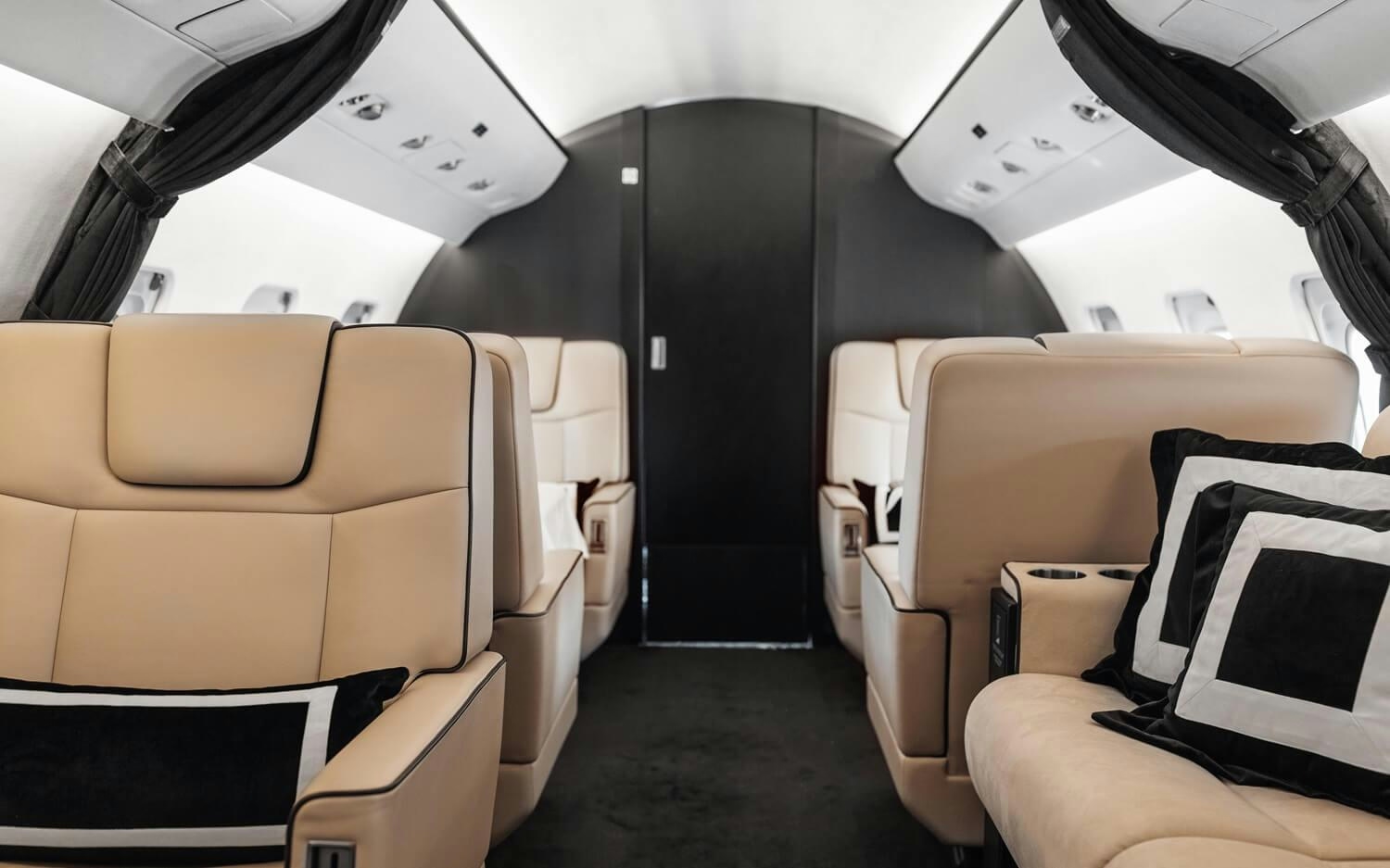
The Continued Importance of Charter Flight Cost and Time Estimators for Business Aviation
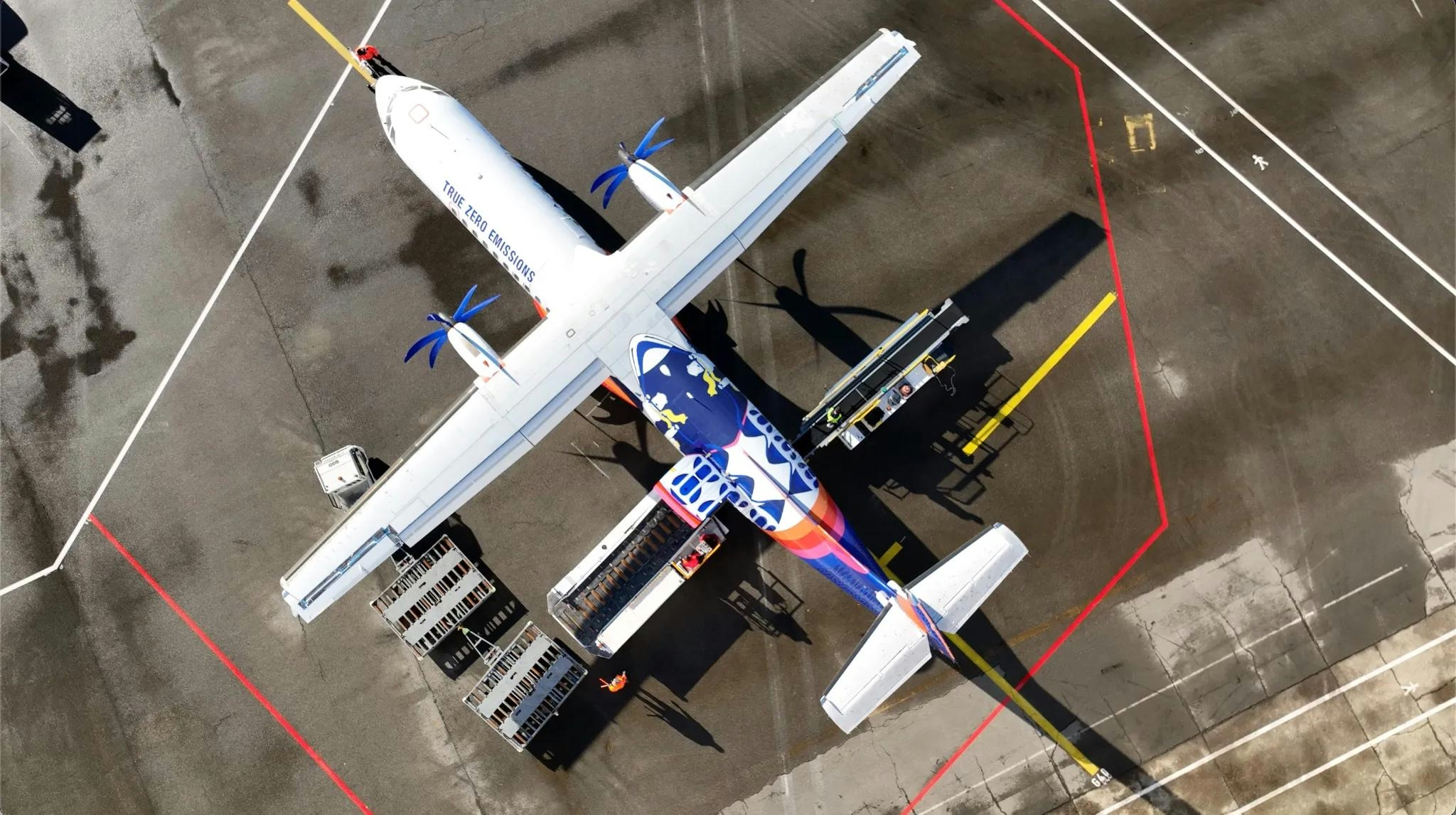
Pivot Airlines to Acquire First DHC-8-Q300 Aircraft

Global Aviation Market Projected to Reach $524 Billion by 2030

Boeing Subsidiary Unveils Pilotless Air Taxi
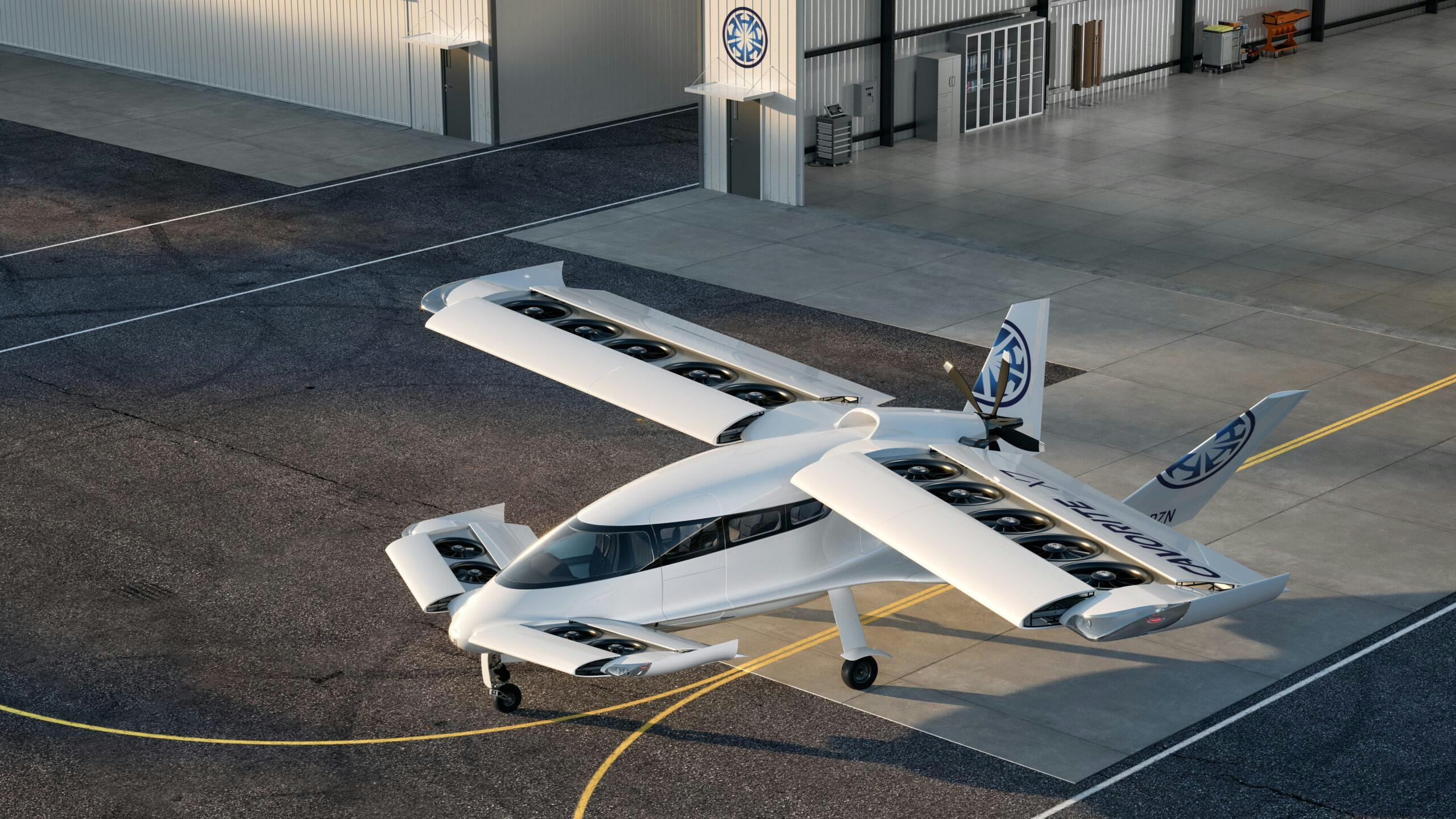
Horizon Progresses Cavorite X7 Toward IFR-Certified Flight

Comparing the Costs of the Boeing 747 and 787

UAE to Begin Drone Deliveries for Noon Minutes Orders
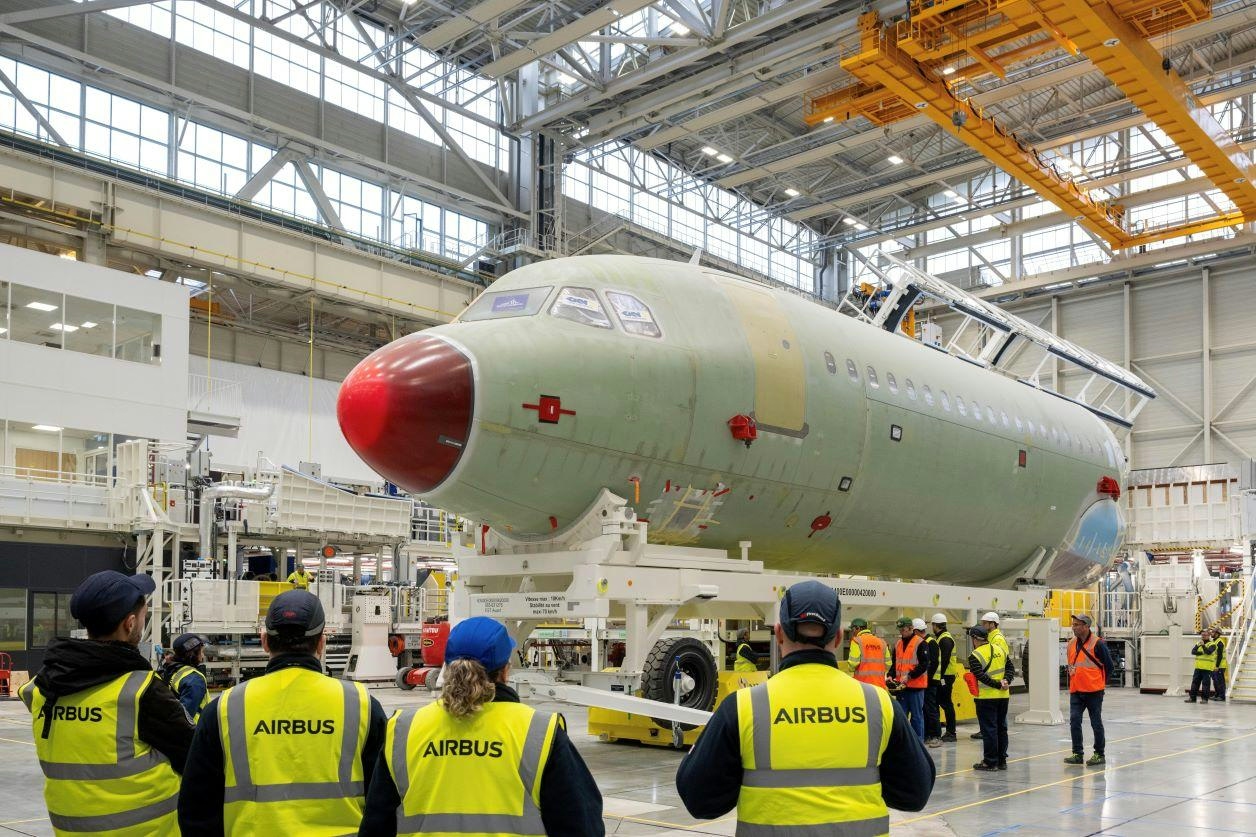
Airbus Project Strengthens Software Investment in Portugal
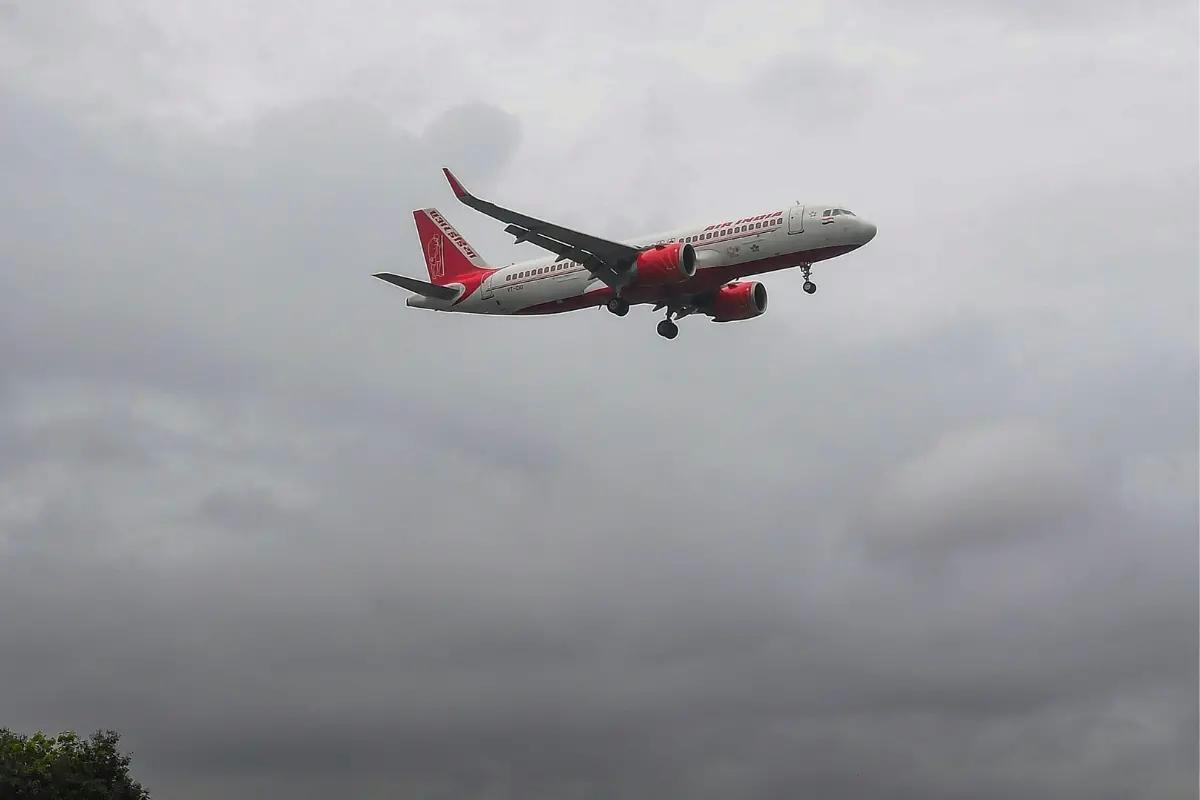
Air India CEO Predicts Visible Changes in 2026
